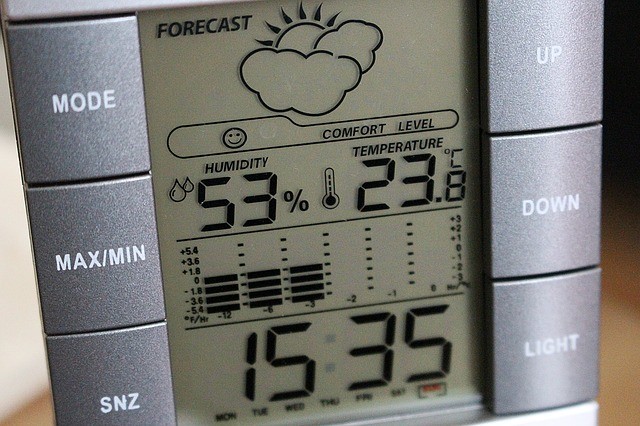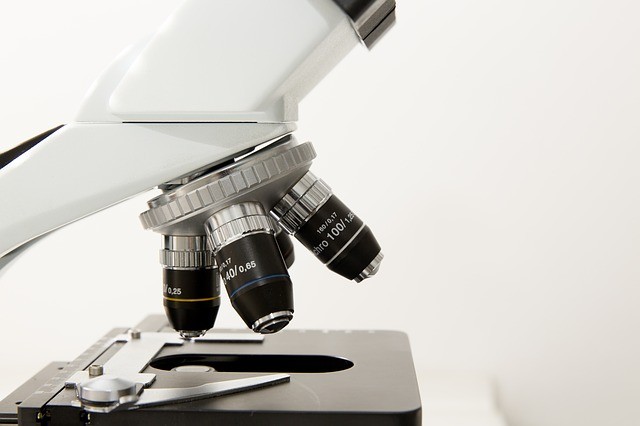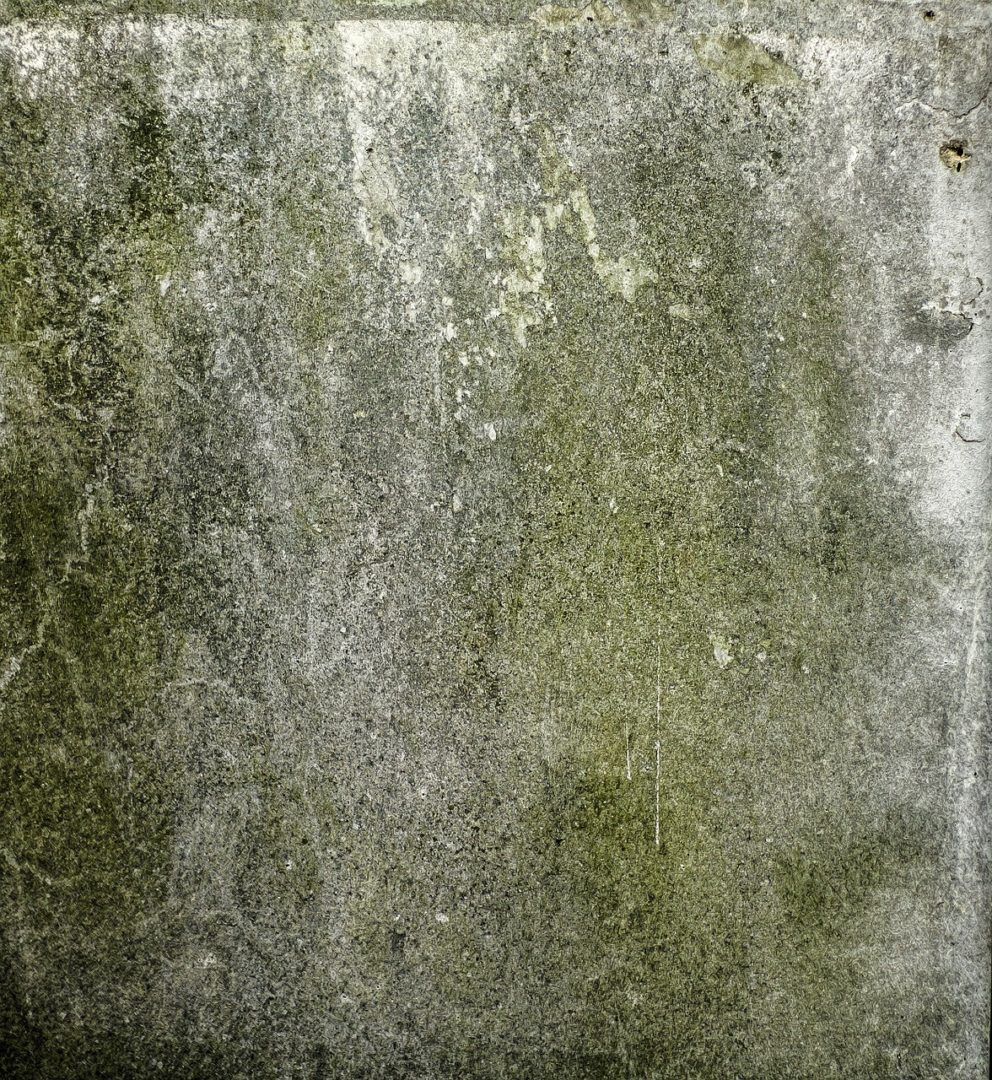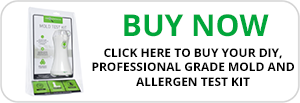Our Indoor Air Quality (IAQ) professionals regularly receive phone calls regarding mold testing. Occasionally, those calls will come from a homeowner. In those cases, there are only a couple of options:
A) Hire a professional to perform an IAQ assessment and mold investigation.
B) Take to the internet for DIY solutions.
Unfortunately, the cost of professional services is a major setback for many homeowners or renters, leaving them with Option B.
Knowing this, go-to advice from professionals to homeowner is something like:
Check out free resources from the EPA and your state/local agencies;
Find the source of and stop water intrusions;
and Control humidity to limit potential mold growth.

It wasn’t until recently that one of our industrial hygienists happened upon “Option C”.
Understanding the Mold Problem
The world is full of mold spores, so it’s expected that mold spores make an unwelcome appearance indoors. For the most part, the best we can do is control our environment to make it a hostile environment for spores.
Even despite our best efforts, mold can grow unseen in the indoor environment, potentially causing adverse physical symptoms such as:
- Sneezing
- Runny or stuffy nose
- Cough and postnasal drip
- Itchy eyes, nose and throat
- Watery eyes
- Dry, scaly skin
Physical reactions to mold exposure vary greatly from person to person, so it’s near impossible to decidedly point to unseen mold as the root cause for these kinds of symptoms. The only way to know for sure if mold is the root cause of these allergies is to test for mold in the air – bringing us back to the widely unrealistic Option A. Frankly, the cost of a professional mold investigation is beyond the reach of the average homeowner even though they wish they could be of more help.
How Sampling for Mold Works
Many homeowners seek DIY mold testing kits as an alternative to a professional. Although it seems it may help detect unseen mold, they often have drawbacks and can yield unreliable results.
[su_box title=”Note” box_color=”#53585a” radius=”0″]If mold is visible, identifying it is much less important than remediation and addressing the root cause.[/su_box]
If mold is not visible but there’s a concern, there are even fewer options to recommend. If a homeowner attempts to sample the air for spores, certain methods and analysis need to be used to produce useful information.
There are three things required for mold spore sampling:
- A known amount of air collected. This is necessary to determine the spore concentration.
- Comparison sample collection. This is necessary to understand indoor concentrations in relation to outdoor concentration.
- Laboratory accreditation. This ensures that the results are valid.
Professional Methodology
During a professional mold investigation, samples are collected using carefully calibrated pumps to draw air through a small cassette. Since mold spores are everywhere, samples are collected inside and at least one sample is collected from outside for comparison.
Mold spores, dust, and other airborne particles are collected on a small, sticky microscope slide which is then analyzed by a laboratory specializing in mold identification.

If the results indicate higher concentrations of mold indoors than out, it’s indicative of a mold problem.
DIY Sampling Methods
Most DIY mold testing kits lack at least one of the three requirements for sampling. They often yield unreliable results and present frustrating methods for sampling.
Some kits use a settling plate, requiring mold spores to fall out of suspension in the air. Mold spores that collect on the plate, may not grow while others grow rapidly. Another requires the home owner to fill a plastic bag with air, and another may be connected to a vacuum cleaner.
While these testing kits may offer peace of mind to a concerned homeowner, they do not hold a candle to professional-level results and succeeding recommendations.
Option C (as told by one of our team Industrial Hygienists)
Recently I received a call from a homeowner who asked for recommendations, but I couldn’t so with any confidence (see above).
It was late on a Friday afternoon, and so with a little time I poked around the internet with generally disappointing results.
Then My Mold Detective showed up in my search results. I haven’t used their product, but it’s clear the sampling equipment and methodology was developed by an IAQ professional. Looking closer, I noticed the report provides data that would be expected by a professional, presented in a clear, understandable manner. More importantly, I recognized the contracted lab. It’s my preferred microbiology and mold lab, fully accredited and well regarded.
Most importantly for homeowners, these mold testing units are extremely affordable.
The data from My Mold Detective is not as complete as the information and recommendations provided by an IAQ professional. That being said, I know that we will be pointing residential calls towards My Mold Detective part of our basic mold information. It stands head and shoulders above the other DIY mold testing options.
If further consultation is required, their professional methods, equipment, and quality analytical products can be of use to any IAQ professional.


